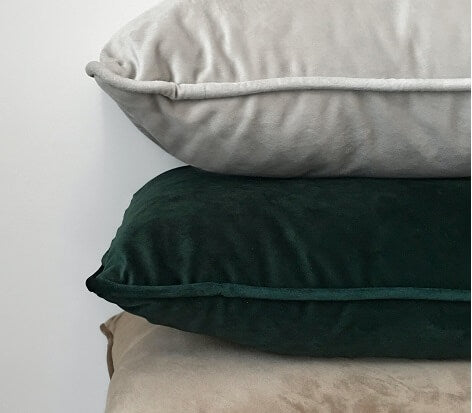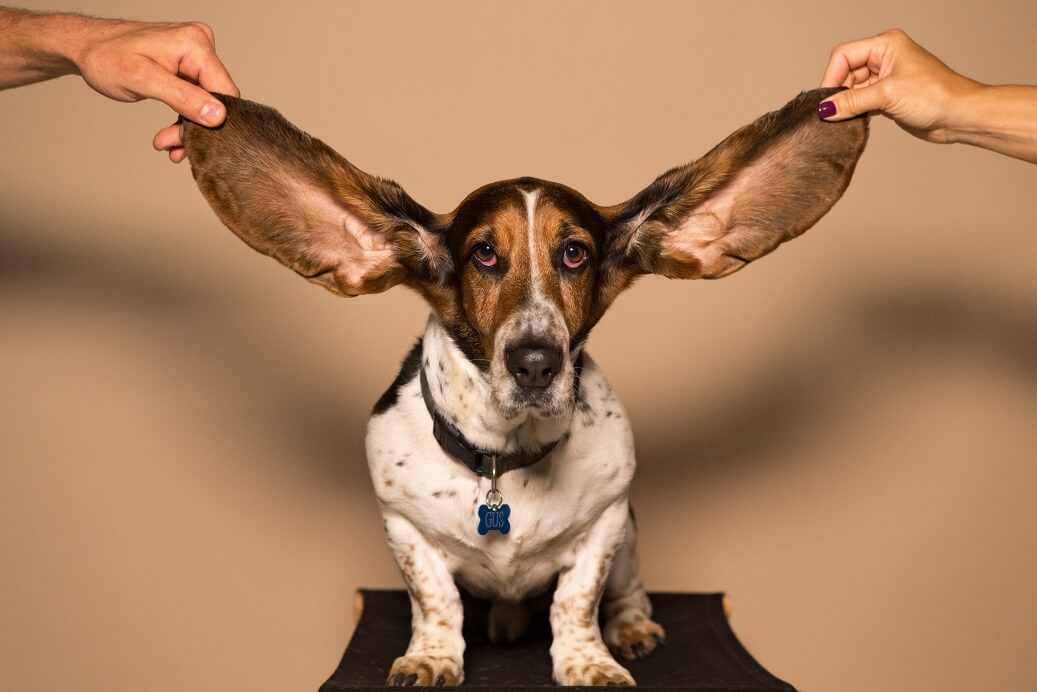Do you struggle to get your full eight hours of sleep each night? If you live with Obstructive Sleep Apnea (OSA), you're not alone. In fact, OSA affects approximately 24 million Americans, and many more people worldwide struggle with the condition every night. What most people don't know, however, is what OSA looks like on Fitbit and other wearable fitness trackers. Learn more about the causes, symptoms, and treatment of OSA here!
Understanding Sleep Apnea and How Fitbit Can Help with Sleep Tracking

Sleep apnea is a common sleep disorder that affects millions of people worldwide. Another form of sleep disturbance, altitude insomnia, can affect those sleeping at higher elevations. It is a potentially serious condition with significant health implications, but it is often undiagnosed and left untreated.
Fitbit is an increasingly popular activity tracker and digital health platform that can monitor various health metrics, including sleep quality, blood oxygen levels, and heart rate variability. By tracking sleep apnea symptoms and sleep patterns, Fitbit helps users better understand their sleep habits and overall sleep health. In this post, we'll discuss what sleep apnea looks like on Fitbit and how this smartwatch can help identify signs of this condition.
Sleep Apnea Symptoms and Their Impact on Sleep Health
Sleep apnea is a serious sleep disorder affecting an estimated 22 million Americans. It causes repeated breathing disruptions during sleep, leading to frequent awakenings and fragmented sleep cycles. Over time, this lack of restful, good night's sleep can result in various health problems, including high blood pressure, cardiovascular disease, and daytime fatigue.

Obstructive sleep apnea occurs when the airway becomes partially or completely blocked during sleep, reducing blood oxygen saturation levels. This disruption affects sleep quality and overall sleep health by decreasing time spent in restorative sleep stages such as deep sleep and rapid eye movement (REM) sleep.
Monitoring these symptoms is crucial. Wearable devices like Fitbit can play a significant role in sleep monitoring by tracking detailed health metrics, including heart rate, blood oxygen saturation, and movement via accelerometer signals. Maintaining a sleep log using Fitbit data can help users recognize changes in their sleep status and habits.
Understanding the sleep cycle—including light sleep, deep sleep, and REM sleep—is essential for recognizing how sleep apnea disrupts restorative sleep stages. These stages are linked to brain waves that regulate physical recovery and cognitive function. Frequent awakenings and reduced time in deep and REM sleep can impair the body's ability to recover, increasing the risk of chronic conditions.
How Fitbit Tracks Sleep Apnea and Sleep Patterns
Fitbit and other consumer wearables cannot diagnose sleep apnea but provide valuable health metrics that can prompt users to seek professional evaluation, such as a home sleep test or a sleep study.
Fitbit devices track sleep stages and sleep quality over extended periods, providing insights into sleep habits and potential sleep disordered breathing. Key metrics monitored include:
- Heart rate and heart rate variability
- Blood oxygen saturation (SpO2)
- Respiratory rate
- Physical movements during sleep detected by accelerometer signals
- Sleep stages: light sleep, deep sleep, and REM sleep
By analyzing these data points, Fitbit can help detect potential breathing disruptions and poor sleep quality associated with sleep apnea symptoms.
Using Fitbit Features to Detect Sleep Apnea Symptoms
Fitbit trackers measure heart rate and blood oxygen levels throughout the night. Prolonged dips below normal oxygen saturation or elevated heart rate during sleep can indicate possible sleep apnea episodes. The Fitbit app provides easy-to-understand reports showing time spent in each sleep stage, restlessness, and awakenings, offering an overall picture of sleep quality.
Newer Fitbit models, such as the Fitbit Versa 3 and Fitbit Charge HR, include advanced features to help monitor sleep apnea symptoms. The Fitbit Versa 3 has a SpO2 sensor to measure oxygen saturation levels, while the Fitbit Sense includes an ECG app that can detect atrial fibrillation (AFib), a condition linked to sleep apnea.
These features provide detailed information to help users track sleep apnea symptoms and maintain better sleep health. For more details on identifying sleep apnea symptoms and when to seek medical advice, visit Do I Have Sleep Apnea? What Doctor Do I See for Sleep Apnea.
What Does Sleep Apnea Look Like on Fitbit? Recognizing the Signs
Sleep apnea causes interruptions in breathing during sleep, resulting in poor sleep quality and potential health issues. Fitbit sleep tracking can help you identify whether you may be suffering from this condition by monitoring key metrics:
- Average heart rate and increased heart rate variability
- Respiration rate fluctuations
- Blood oxygen saturation drops
- Sleep stages graph showing time spent in light sleep, deep sleep, and REM sleep
- Extended periods of little or no movement during sleep, which may indicate obstructive sleep apnea
If your Fitbit shows irregular sleep patterns, frequent awakenings, or high heart rate during sleep, combined with daytime fatigue despite adequate sleep duration, these could be signs of sleep apnea.
Monitoring Sleep Apnea Over Extended Periods with Fitbit
Tracking sleep apnea symptoms over one night is not sufficient for diagnosis, but consistent monitoring over extended periods can reveal significant differences in sleep patterns. Fitbit allows you to maintain a comprehensive sleep log to observe trends and changes in your sleep health.
Remember, Fitbit and other consumer wearables are tools to provide insights and are not substitutes for professional diagnosis. Use the information they provide to support conversations with your healthcare provider and take proactive steps toward improving your sleep and overall health.
Next Steps: Diagnosing Sleep Apnea and Treatment Options
If your Fitbit data suggests potential sleep apnea symptoms, consult your healthcare provider about undergoing a professional sleep study or a home sleep test. Early diagnosis and treatment, which may include using a CPAP machine, can significantly improve sleep quality and reduce health risks.
To complement your sleep monitoring, consider enhancing your sleep environment with products like noise-cancelling curtains, sleep masks, and white noise machines to support better sleep health. Explore these options at SandmansShop to aid in achieving a good night's sleep.
By combining Fitbit sleep tracking with professional evaluation and lifestyle adjustments, you can effectively manage sleep apnea and improve your overall sleep health.






